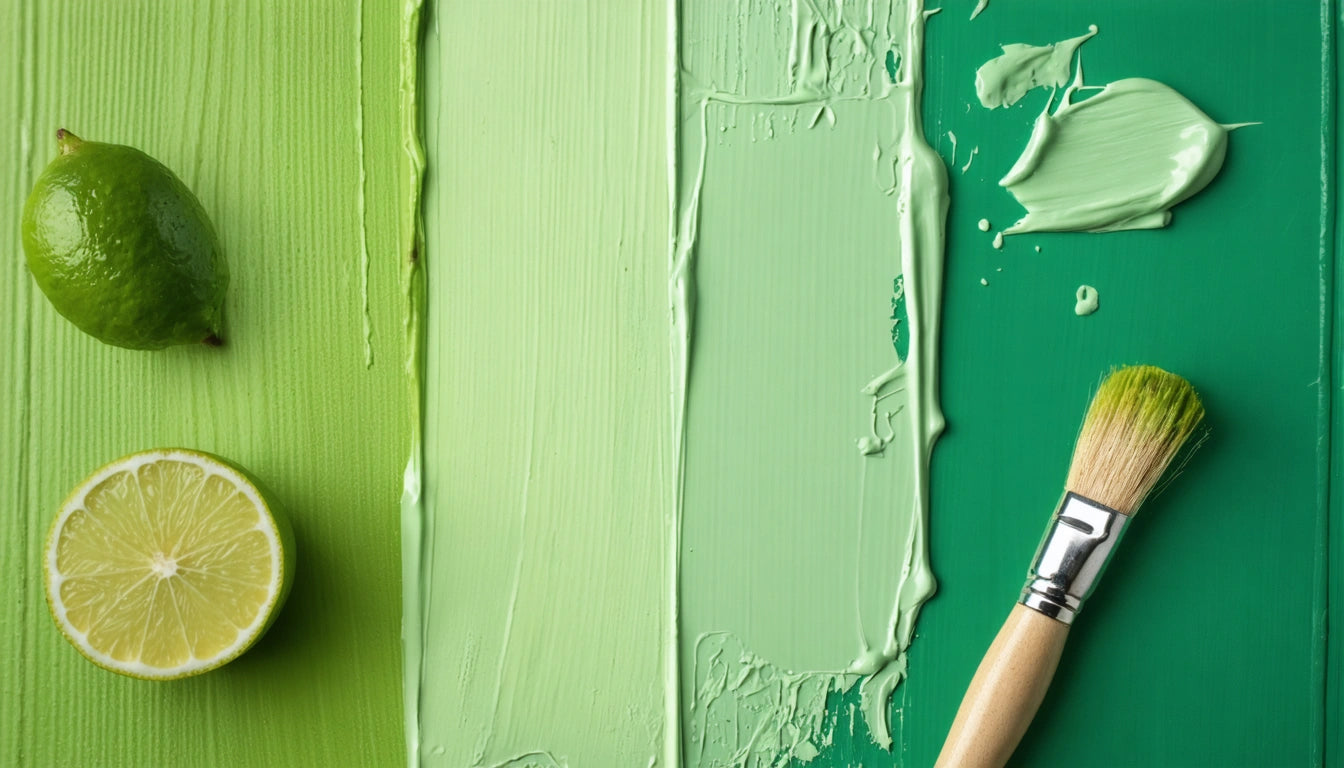Table of Contents
DIY Guide: How to Make Your Own Smoke Filter
Creating your own smoke filter is a practical skill that can enhance your smoking experience while potentially reducing harmful elements. Whether you're looking to make a filter for joints, blunts, or even a homemade smoking device, this comprehensive guide will walk you through various methods and materials to craft effective filters at home.
Why Use Smoke Filters: Benefits and Applications
Smoke filters serve multiple purposes beyond just cooling smoke. They can trap particulates, prevent plant material from entering your mouth, and even add structural integrity to rolled products. According to enthusiasts who have mastered the art of smoking, filters can significantly improve flavor clarity and reduce throat irritation.
The benefits of using filters include:
- Cooler, smoother smoke
- Reduced tar and particulate matter
- Prevention of loose material inhalation
- Better structural support for rolled products
- Enhanced overall experience
Essential Materials for DIY Smoke Filters
Before learning how to make a filter to smoke with, gather these common materials:
- Business cards or thin cardstock (uncoated)
- Rolling paper packaging
- Index cards
- Thin cardboard (cereal boxes work well)
- Pre-cut filter tips (optional)
- Scissors or paper cutter
- Ruler for measuring
When selecting materials, avoid glossy, colored, or chemically treated papers that might release harmful substances when heated. As explored in this guide on filter tips, material choice significantly impacts both safety and experience quality.
How to Make a Basic Paper Filter
The Classic Accordion Method
This is the most common technique for how to make a filter:
- Cut a strip of cardstock approximately 0.75 inches wide and 2-3 inches long
- Make a few small accordion folds at one end (3-4 folds)
- Roll the remaining portion around these folds to create a cylindrical shape
- Adjust tightness as needed for your preferred airflow
The accordion folds create a barrier that prevents plant material from passing through while allowing smoke to flow freely. This technique is featured in our detailed joint filter guide and remains the gold standard for simplicity and effectiveness.
The Spiral Method
For those wondering how to make a filter with better airflow:
- Cut your filter material to the same dimensions as above
- Instead of accordion folds, roll the entire piece into a spiral
- Ensure the spiral has a small opening in the center
- Adjust the tightness to control airflow
This method provides excellent structural support while maintaining good airflow characteristics. For consistent results, consider using our specialized filling equipment to achieve precise packing density around your filters.
Advanced Filter Techniques and Materials
Activated Charcoal Filters
For those seeking enhanced filtration:
- Create a basic accordion or spiral filter
- Obtain food-grade activated charcoal granules
- Place a small amount between two standard filters
- Roll carefully to contain the charcoal
Charcoal can trap additional toxins and odors, as detailed in this exploration of charcoal filters. However, ensure you're using food-grade materials to avoid introducing harmful substances.
Glass Tip Filters
For reusable options:
- Purchase borosilicate glass tips
- Clean thoroughly before first use
- Insert into rolled products or pipes
- Clean between uses with isopropyl alcohol
Glass tips provide excellent cooling properties and can be reused indefinitely with proper care. They're an eco-friendly alternative to disposable filters.
Troubleshooting Common Issues with Homemade Filters
When learning how to make a filter, you might encounter these common problems:
- Filter too tight: Smoke won't pull through easily. Solution: Loosen the roll or reduce accordion folds.
- Filter too loose: Material gets through or structural integrity fails. Solution: Roll tighter or add more accordion folds.
- Filter unraveling: The filter loses shape during use. Solution: Use slightly moistened fingers when rolling to help the paper maintain its shape.
- Harsh smoke despite filter: Your filter design may not provide sufficient cooling. Solution: Try a longer filter or consider glass tips.
For blunt-specific filter challenges, our blunt filter guide offers specialized solutions for the unique properties of blunt wraps.
Innovations in DIY Filter Technology
The world of smoke filter DIY continues to evolve with creative enthusiasts developing new approaches. Some notable innovations include:
- Multi-chamber designs: Creating sequential filtering chambers for progressive filtration
- Honey-dipped filters: Adding a small amount of honey to the exterior of paper filters to trap additional particles
- Integrated cooling chambers: Designing filters with expanded sections to allow smoke to cool
- Biodegradable materials: Using hemp-derived papers and materials for environmentally friendly filters
As you continue to explore how to make filters for various smoking applications, remember that experimentation is key to finding your perfect match. The materials, techniques, and designs that work best will depend on your specific preferences and smoking style.
For those interested in expanding their DIY repertoire beyond filters, our comprehensive guide to DIY smoking accessories offers additional projects to enhance your experience.











Leave a comment
All comments are moderated before being published.
This site is protected by hCaptcha and the hCaptcha Privacy Policy and Terms of Service apply.